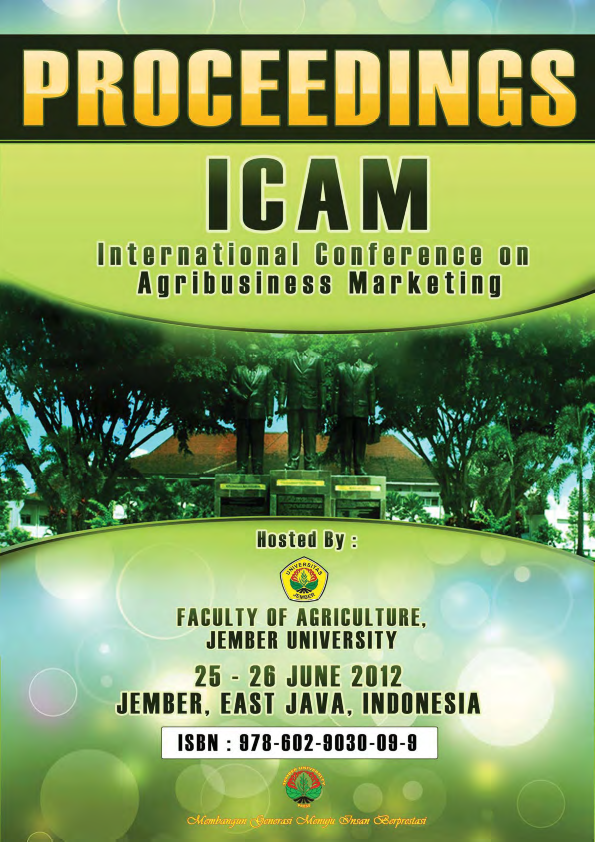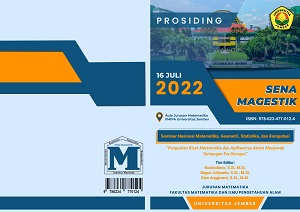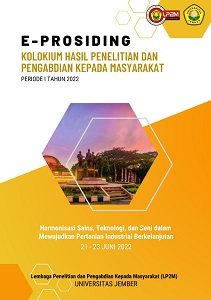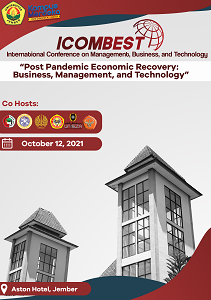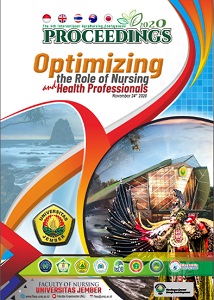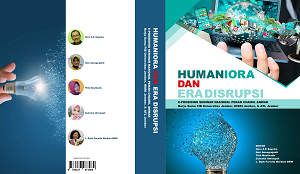MAPPING AND CRITICAL LAND MANAGEMENT AS EFFORTS TO CONTROL CLIMATE CHANGE IN LAMONGAN
Abstract
Development of agricultural sector should be able to develop the potential of
natural resources, particularly optimization of land and environmentally sounding. In
addition to the program intensification, extensification and agriculture diversification,
rehabilitation of land is also an effort that can be taken to scale up the productivity of land.
The purpose of study was to analyze the potential and critical level of land which is
presented in the form of maps and recommended management actions as efforts to control
climate change in Lamongan. Sample of this study was two groups; there are soil
components and communities. Soil components which studied were physical environment,
morphology and chemical of land, topography, land closures and nature of erosion.
Communities variable which studied were perceptions of soil fertility, plant species
commonly planted, plan habit at certain seasons, agricultural issues that commonly arise or
encountered, strategies and expectations of development of the land. Laboratory results of
soil texture in six districts showed that the majority districts were having clay loam, clay
dust, and dusty clay loam textured. From the results of the laboratory, soil textures at the
districts are less than ideal for agriculture but still potential. The average of land potential
level at six districts was adequate, although there are some areas and villages were still
moderate moreover very critical. Each district showed their average land potential, there
are moderate at Sukorame District, Bluluk District, Modo District, Ngimbang District and
Sambeng District, while Mantup District has the potential land. It is recommended for the
management of critical land of rice fields in six districts was studied by conservation
farming which combine mechanical and vegetative conservation techniques in an
integrated farming patterns. The goals are to increase farm productivities and farmer
incomes, reducing the rate of erosion, and increase farmer participation in conservation of
soil and water resources.

